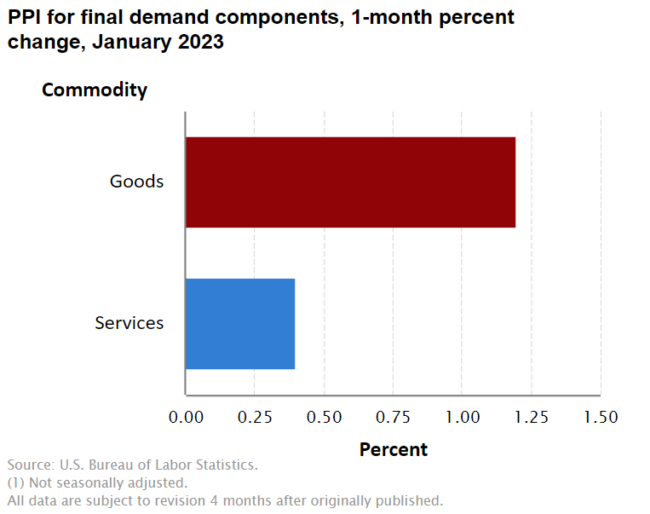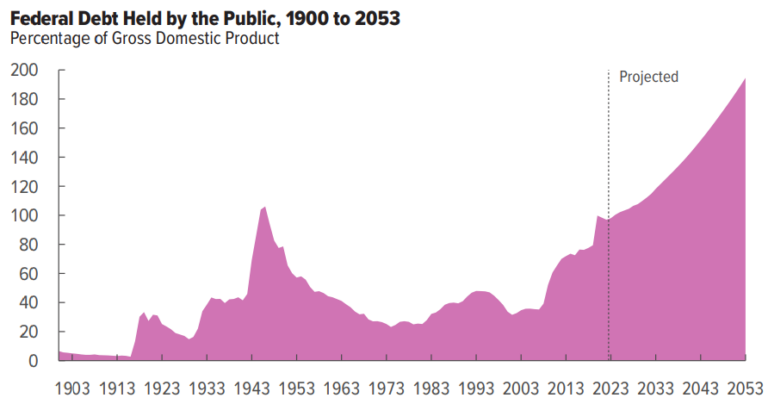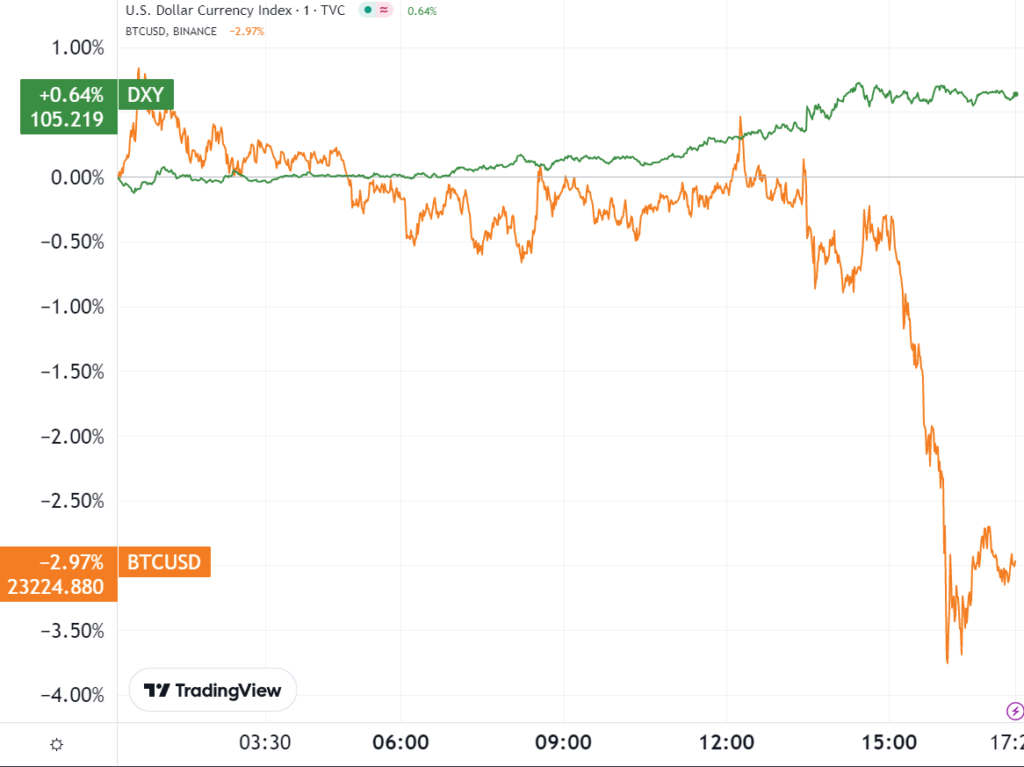What can the Fed do in a sticky inflation situation?
January’s Personal Consumer Expenditure (PCE) index came in hot at 5.4% vs. the expected 5% inflation rate. The market is already in a frenzy as investors speculate on the Federal Reserve’s next move. But what is the Fed’s actual maneuvering space?
January PCE Higher than Expected
On the heels of last month’s market rally, the January Effect seems to have arrived at full steam this year, resulting in a significantly higher Personal Consumption Expenditure price index. As the Federal Reserve’s preferred inflation metric, PCE for January went up 0.6%, at 5.4% vs. the expected 5.0%.
Likewise, the core PCE, which discounts volatile food and energy prices, exceeded expectations at 4.7% vs. the forecasted at 4.3%. Over the long run, core PCE gives a clearer picture of the underlying inflation trend as it removes distorting price fluctuations in food and energy. This puts the inflation rate in a sticky, if not out of control, mode.
Another signal to this effect is the Producer Price Index (PPI), as a measure of average selling prices by domestic producers. PPI serves as an early inflationary warning signal because it indicates that businesses pay more for necessary inputs that produce goods ending up on retailers’ tables. For January, PPI for final demand goods rose by +1.2% monthly, while for services, PPI rose by +0.4%. Annually, PPI climbed by +6%.

Image credit: U.S. Bureau of Labor Statistics
Lastly, a tight labor market remains a powerful inflation driver. People have more money to spend when there are fewer unemployed workers and more job openings. This drives up demand for goods and services alongside their prices. For January, the unemployment rate dropped to 3.4% from the estimated 3.6%, which is the lowest since 1969.
Likewise, nonfarm payrolls drastically increased in January, by 517,000, compared to the Dow Jones estimate of 187,000. At the last FOMC meeting, the Fed Governors noted this worrying trend of the labor market has “remained very tight, contributing to continuing upward pressures on wages and prices.”
Is the Fed’s Inflation Target Achievable?
The Federal Reserve’s primary mission continues to be price stabilization at a 2% inflation level. Now that the inflation trend points upward, will the Fed ramp up with even more aggressive interest rate hikes?
Before the latest PCE report, the probability for the March 22 hike at 25bps was 76%. At press time, it dropped to 70.1%, decreasing in favor of a 50 bps hike. This would put the federal funds rate at a 5 – 5.25% range above the present 4.5 – 4.75%.
At the last FOMC meeting, Fed Governors James Bullard and Loretta Mester already favored such moves to curtail inflation sufficiently.
“The participants favoring a 50-basis point increase noted that a larger increase would more quickly bring the target range close to the levels they believed would achieve a sufficiently restrictive stance, taking into account their views of the risks to achieving price stability in a timely way,”
However, interest rate hikes have a cost outside of reducing access to cheap credit for consumers and businesses. The increase in the borrowing cost also affects the federal government’s ability to service its debt in the form of newly issued Treasury bonds.
Accordingly, the short-term 2-year Treasury yield already spiked to 4.8%, the highest level since 2007. Meanwhile, the long-term 10-year Treasury note rose to 3.9%, the highest in three months. This leads to a steep yield curve that indicates investor uncertainty about the economy’s long-term prospects.
The non-partisan Congressional Budget Office (CBO) had already projected such a scenario before the PCE report in its Economic Outlook for 2023 to 2033.

Image credit: Congressional Budget Office (CBO)
But to keep serving the rising federal debt, the Federal Reserve will likely have to purchase more Treasury securities, indirectly diluting the dollar’s value. In the same report, the CBO projects that the federal debt held by the public to grow to 195% of GDP by 2053.

Image credit: Congressional Budget Office (CBO)
The Dollar Strength Index and the Effect on Crypto
As investors expected more aggressive rate hikes, the U.S. Dollar Index rose over the day. Like clockwork, Bitcoin's price began to drop, following the long-established inverse correlation between the USD and BTC.

Image credit: Trading View
With the expected rise in interest rates for longer to curb inflation, the dollar becomes more attractive to foreign investors. At the same time, the uncertainty caused by the steep yield curve is giving investors a ‘safe haven’ in the dollar. In contrast, Bitcoin is perceived as an on-risk asset that relies on currency debasement. Hence, the inverse correlation is now in play.
However, given the federal government’s massive $31.46 trillion debt, a 4.8% 2-year Treasury yield accounts for roughly 30% of Federal tax receipts. Simultaneously, the U.S. social programs cost 65% of receipts, with an upward-rising trend. Therefore, it is improbable that the dollar will be an attractive investment for much longer.
Sooner or later, a new round of dollar dilution is likely approaching to service the federal government’s massive debt liabilities unless the government engages in equally massive spending cuts while increasing taxation.
Disclaimer: This article was originally published on The Tokenist. Check out The Tokenist’s free newsletter, Five Minute Finance, for weekly analysis of the biggest trends in finance and technology.
